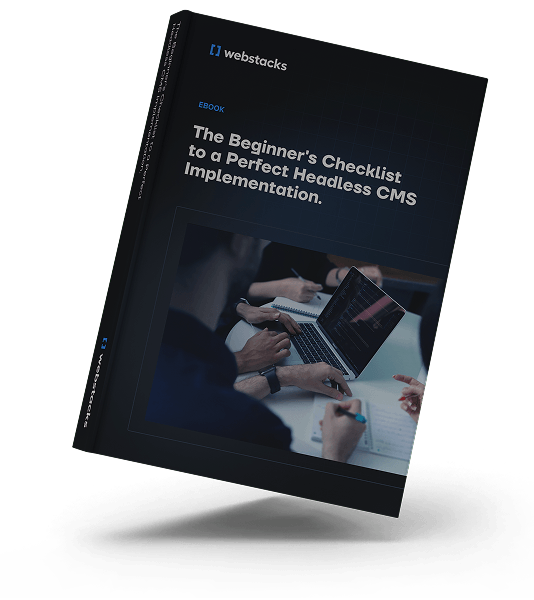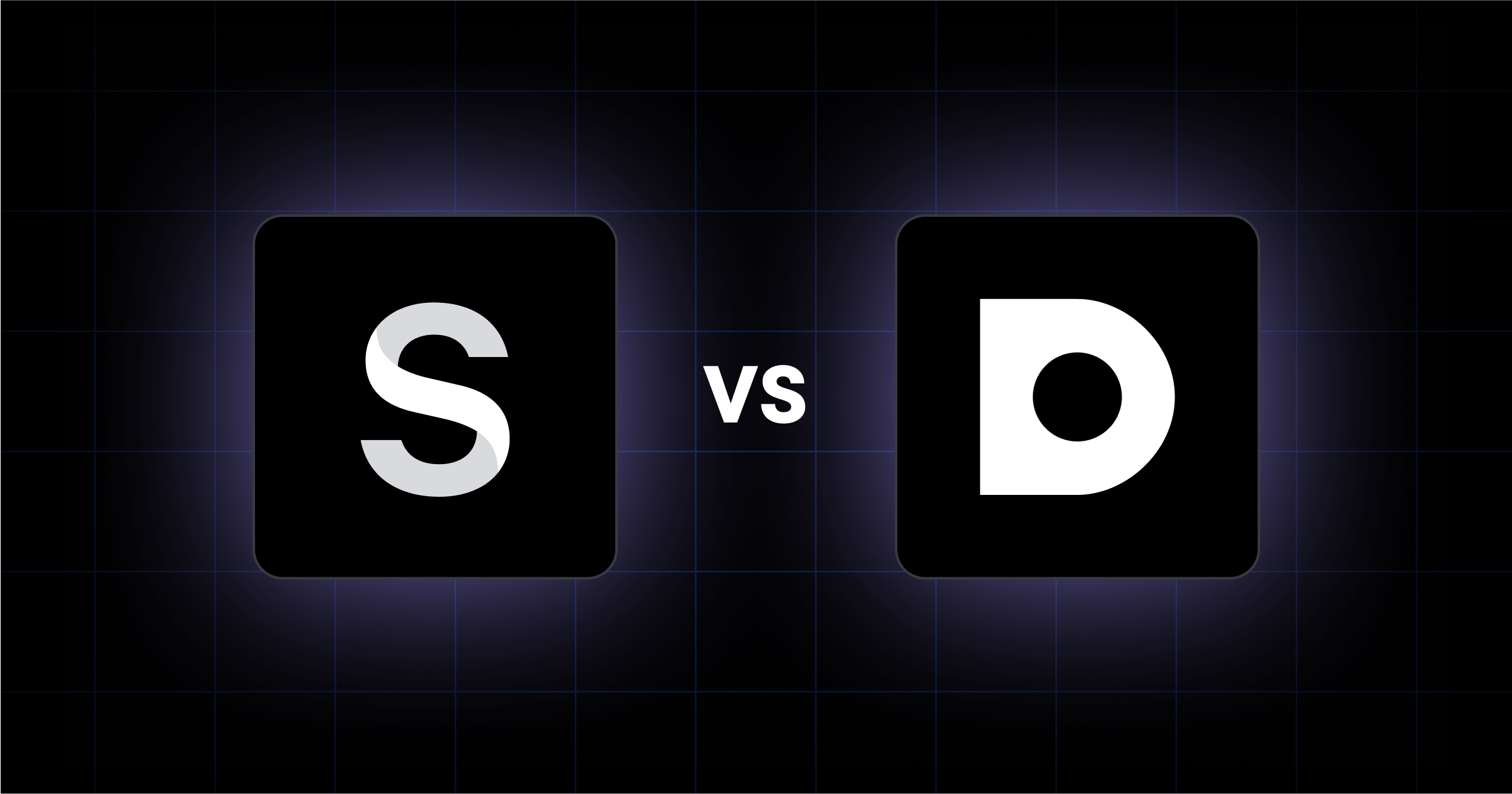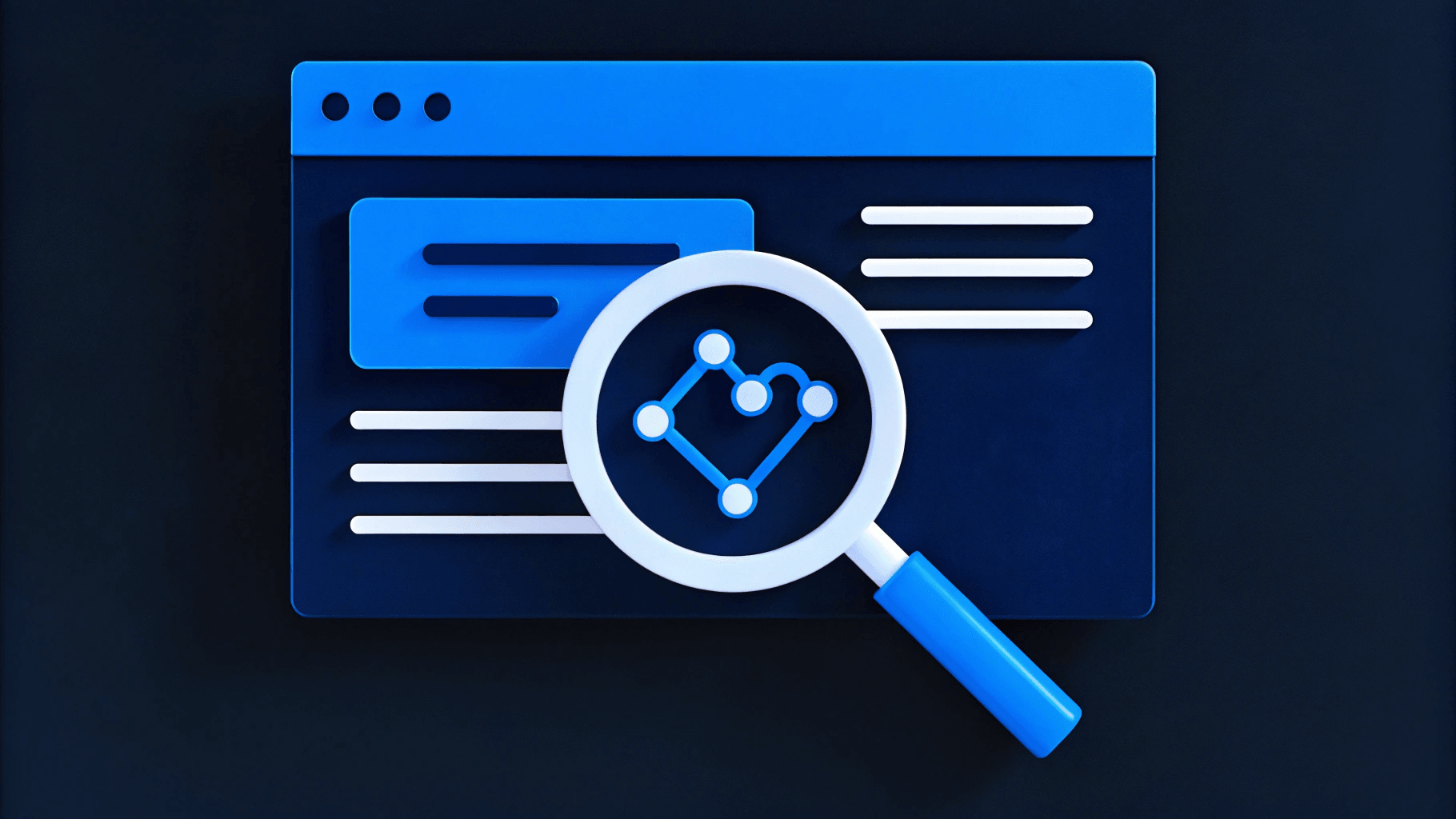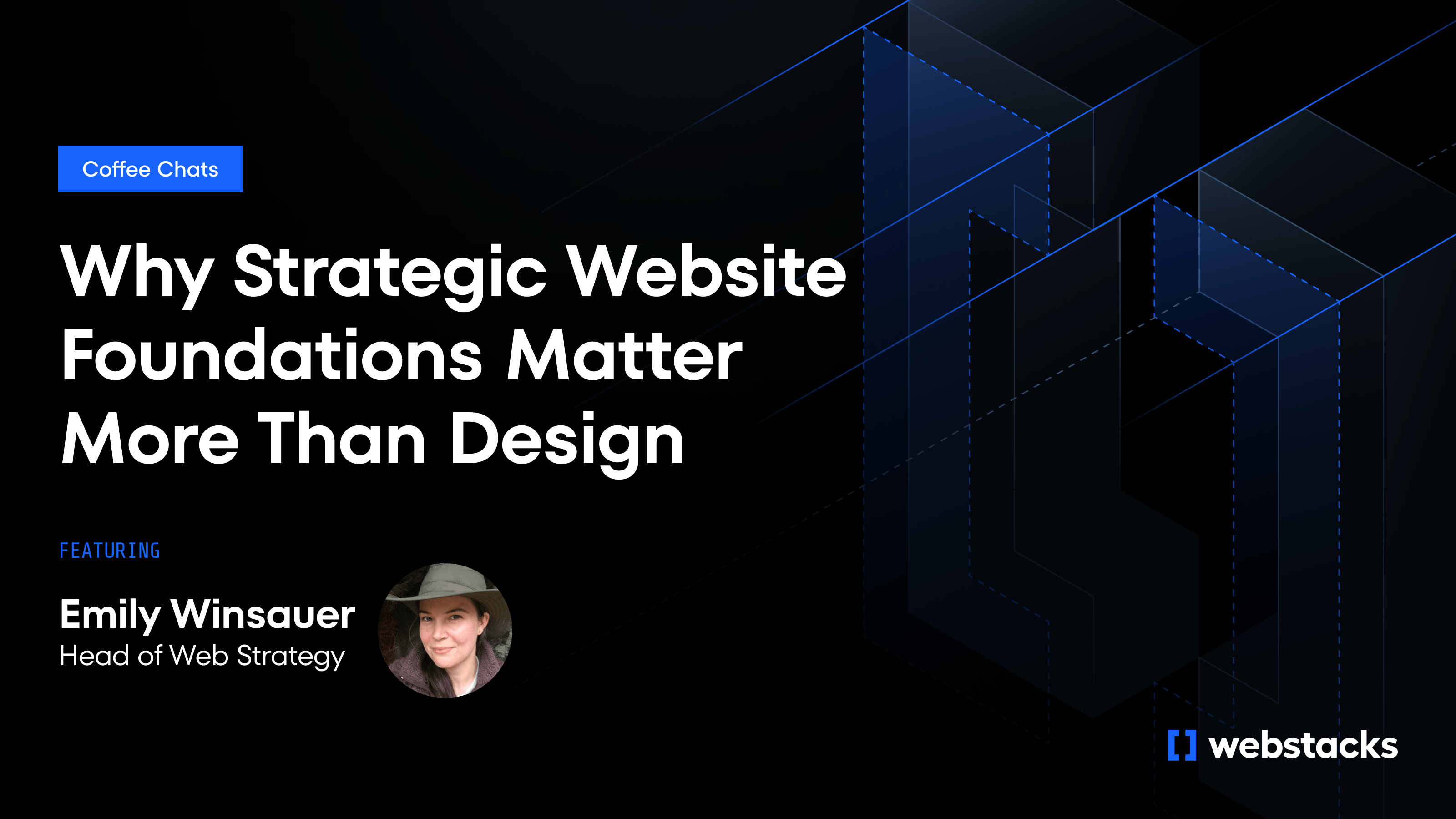For fast-growing B2B teams, your CMS needs to support fast launches, personalized experiences, and cross-functional collaboration without slowing you down.
Platforms like Sanity and DatoCMS can do all of this and more.
In this guide, we’ll compare these two headless CMS platforms by real-world use cases. Whether you're optimizing for speed or team autonomy, we’ll help you decide which platform can best support your marketing engine.
A Quick Rundown of Sanity and DatoCMS
It’s helpful to understand what sets Sanity and DatoCMS apart at a high level.
What is Sanity?
Sanity is a headless CMS built with customization and developer flexibility at its core. It offers a schema-less content model, real-time collaboration via its hosted content studio, and APIs that make it a favorite for teams building structured, scalable content systems. It's especially powerful for organizations with unique data structures or highly modular content.
Think of Sanity as a CMS you can shape to fit your exact workflows, if you have the dev resources to back it up.

What is DatoCMS?
DatoCMS is a modern headless CMS that prioritizes usability. It offers a visual interface that’s friendly for marketers, along with developer tools that make integration smooth across modern tech stacks.
Built-in features like localization, media handling, and a CDN-backed image API make it a strong choice for global teams looking to launch fast and scale
DatoCMS is often favored by teams that want the benefits of headless architecture without needing a full-time dev team to maintain it.

When to Opt for Sanity vs Dato CMS
Let’s look at how Sanity and DatoCMS perform in real-world B2B scenarios.
Use Sanity if:
You need a highly structured, customizable content model.
Sanity is ideal for companies with complex data structures, such as multi-product SaaS companies or marketplaces with repeatable content blocks. If your frontend relies on a design system or atomic components, Sanity integrates into that workflow.
You want real-time collaboration and scalability.
Sanity’s real-time editing capabilities and hosted content studio allow cross-functional teams to work together. This makes it a great choice for distributed teams or high-frequency publishing workflows.
You have dedicated dev resources and want full flexibility.
For teams with developers in the loop, Sanity gives unmatched control. From custom input components to complex validation rules, your content model can grow with your product.
Learn more about migrating to Sanity in our Knapsack customer story.
Use DatoCMS if:
You need localization and multisite support out of the box.
DatoCMS offers multi-language and multisite benefits, allowing marketing teams to manage localized content from a single dashboard. It’s a go-to for B2B brands expanding into new markets or managing regional product messaging.
You want to empower marketers without relying on devs.
With an intuitive interface and visual content previews, DatoCMS gives non-technical users more control. This speeds up campaign launches and reduces developer bottlenecks, which is a major win for demand gen teams.
You’re scaling quickly and want a low-friction setup.
DatoCMS offers a smooth onboarding experience, strong documentation, and a simple UI for both marketers and developers. It’s a great choice if your team is growing and you want to minimize CMS-related training and hand-holding.
How Sanity and DatoCMS Compare Across Use Cases
Here's how Sanity and DatoCMS differ across the features that matter most to growth-oriented B2B teams:
Customization and Content Modeling
Sanity is perfect when you need a lot of flexibility. It offers schema-less content modeling, which means developers can build highly structured, custom content systems from the ground up. It’s great for teams that need to manage modular content across complex websites, especially those using component-based design systems.
DatoCMS, while still flexible, offers a more structured approach out of the box. Its model makes setup faster, especially for common use cases like blogs, landing pages, or localized microsites.
Marketer Experience
DatoCMS is more marketer-friendly. Its intuitive UI, visual content previews, and in-app media library make it easy for non-technical users to manage and update content independently.
Sanity, by contrast, is more dev-focused. While marketers can edit content once everything’s in place, making structural changes often requires developer support. It’s powerful, but less accessible to non-dev teams out of the box.
Localization and Multisite Management
DatoCMS has native support for localization, making it a great option for brands managing content across multiple languages or regions. Its interface allows marketers to easily toggle between locales and reuse content blocks where needed.
Sanity can support localization as well, but it requires custom modeling and setup by developers
Collaboration
Sanity’s real-time editing is a standout feature, allowing multiple users to collaborate live in the Sanity Studio. This is helpful for distributed teams or when approvals and changes need to happen quickly.
DatoCMS uses a more traditional publishing flow without real-time collaboration, which may be totally fine for teams with more linear content workflows.
Media and Asset Handling
When it comes to managing images and media, DatoCMS has the edge. It includes a built-in image API, automatic optimization, and delivery via CDN, making media performance easy to manage.
Sanity handles media through integrations and offers flexibility, but requires more configuration to match the polish of DatoCMS’s native tools.
Scalability and Performance
Both platforms scale well, but they do it differently.
Sanity gives you full control over structure and performance, which is great for large-scale projects where devs want to fine-tune everything to optimize the website.
DatoCMS, on the other hand, offers built-in performance tools and a CDN-backed delivery model that makes it easy to scale without extra infrastructure work.
Developer Ecosystem
Sanity’s ecosystem includes CLI tools, plugins, and community support tailored for teams building complex systems.
DatoCMS offers strong developer tools and SDKs, but it follows a more structured approach. It makes some decisions for you to speed up setup, which can limit flexibility if you need a custom workflow.
Still Exploring CMS Options?
Not sure if Sanity or DatoCMS is the right fit? That's normal. Many of the teams we work with explore a few headless platforms before landing on the one that aligns with how they work.
Here are a few others worth considering:
- Contentful: Ideal for larger teams that need structured content models, localization support, and enterprise-level governance.
- Prismic: Best for lean marketing teams that want quick setup and an intuitive visual editor with minimal developer overhead.
- Storyblok: A strong middle ground, offering a visual editor plus structured content. Great for global brands that want scalability without giving up control.
- Builder.io: Perfect for teams that want visual editing and modern frontend performance, especially if you're going composable.
If you’re transitioning from a traditional to a headless CMS, make sure to download our implementation checklist so you have a good idea of what to expect:

For more buyer’s guides, check out the following:
Next Steps: Let’s Implement Your Ideal CMS
Whether you're leaning toward Sanity’s flexibility or DatoCMS’s marketer-first simplicity, one thing is clear: your CMS should accelerate growth, not slow it down.
At Webstacks, we help B2B companies implement the right CMS for their unique content workflows, team structures, and scale goals.
From strategy to migration to full-scale rollout, we’re your partner in building a composable, future-proof website.
If you're replatforming, scaling, or just figuring out your next move, we’re here to guide you. Schedule a call with our CMS experts to start your journey toward a more agile web presence.




